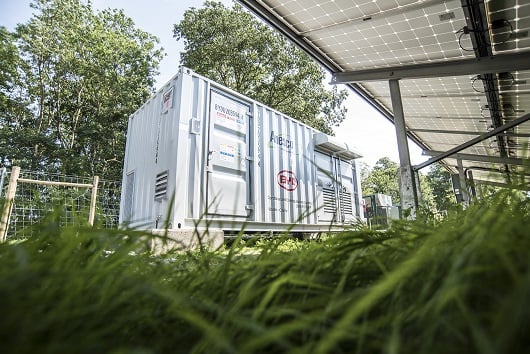
Anesco has grown its portfolio to over 100 sites in England alone after adding 28 new solar farms ahead of last week’s closure of the Renewable Obligation.
The company’s sites have a combined capacity of 481MW across 101 installations, marking a significant milestone for the company as the UK ground-mount solar industry moves into a subsidy-free landscape.
Steve Shine, executive chairman at Anesco, said: “Successfully designing, constructing and connecting over hundred solar farms is a fantastic milestone to have reached. It is a great moment in the history of the company and our thanks go to the whole team, who worked tirelessly to make it happen.
“As the latest sites were completed ahead of the ROC deadline [31 March], we were able to secure the maximum yield for our customers and will now be maintaining them to ensure they continue to operate effectively for the lifetime of the projects.”
The sites will be maintained by Anesco’s operation and maintenance service, AnescoMeter, which currently monitors over 21,500 renewable assets.
Alongside the solar and O&M businesses, Anesco has become a prolific developer of energy storage projects since installing laying claim to the first utility scale battery unit in September 2014.
The company says it currently has 20 operational energy storage sites totalling 18.9MW installed, an additional 65MW under development, 185MW to be entered into the capacity market in August and a further pipeline of 100MW.

Shine added: “Energy storage has great potential to help stabilise the grid and make sure the maximum benefit is being reaped from solar and other renewable generation systems. It’s an exciting, fast-growth area and we’re delighted to be leading the field and making it a viable model for our customers.”
Details from various solar companies and related firms have begun to emerge since Friday’s deadline such as from Wirsol Energy, which added more than 105MW, and Baywa r.e which connected 76MW.
Solar Media’s in-house market research team will be reporting its projections for Q1 2017 deployment – and total UK solar capacity – in due course.

